|
The homes of several 8th Virginia veterans survive in Virginia, West Virginia, Pennsylvania, Kentucky, and Indiana. Some were the houses they grew up in and others were built in their final years of life. Some survive only in photographs. If you know of others, please let us know so we an include them here.
2 Comments
|
Gabriel Nevilleis researching the history of the Revolutionary War's 8th Virginia Regiment. Its ten companies formed near the frontier, from the Cumberland Gap to Pittsburgh. Categories
All
Archives
June 2024
© 2015-2022 Gabriel Neville
|
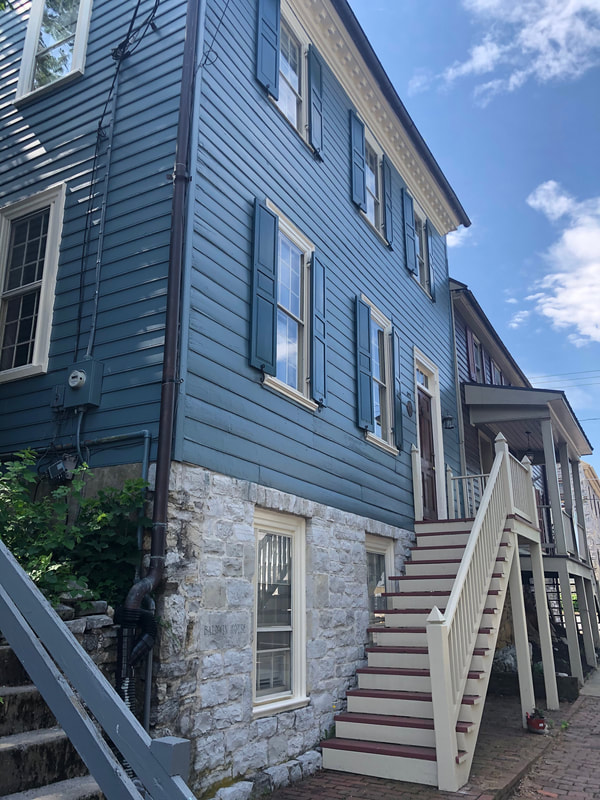

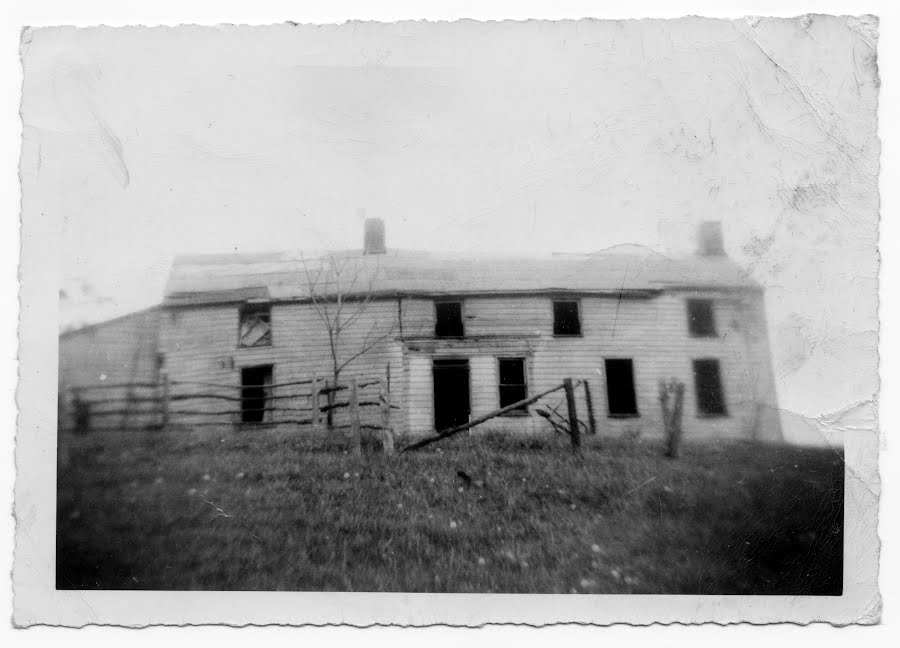
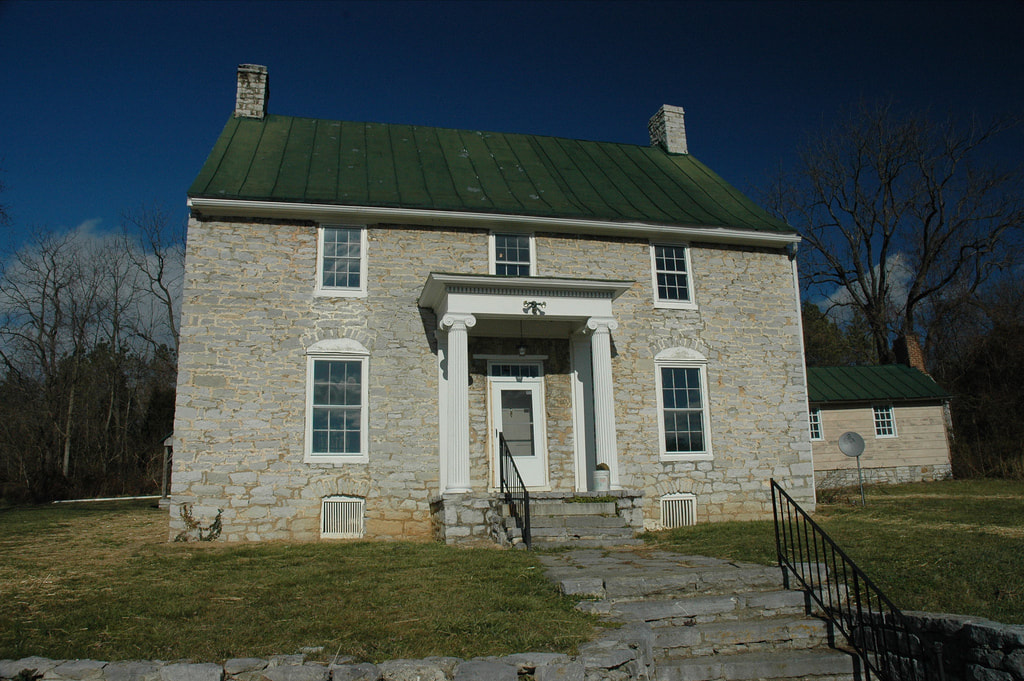
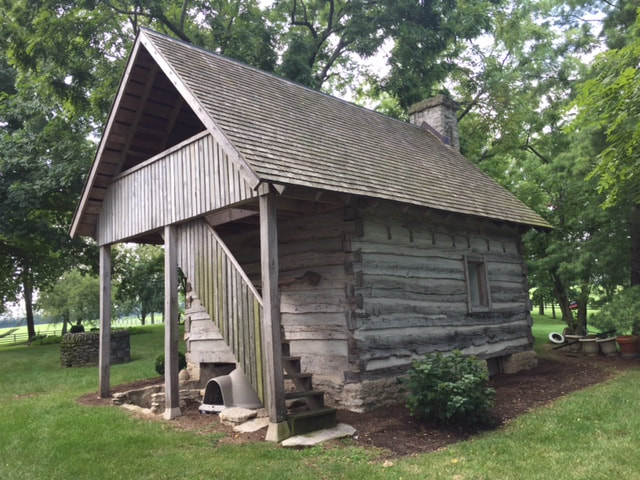
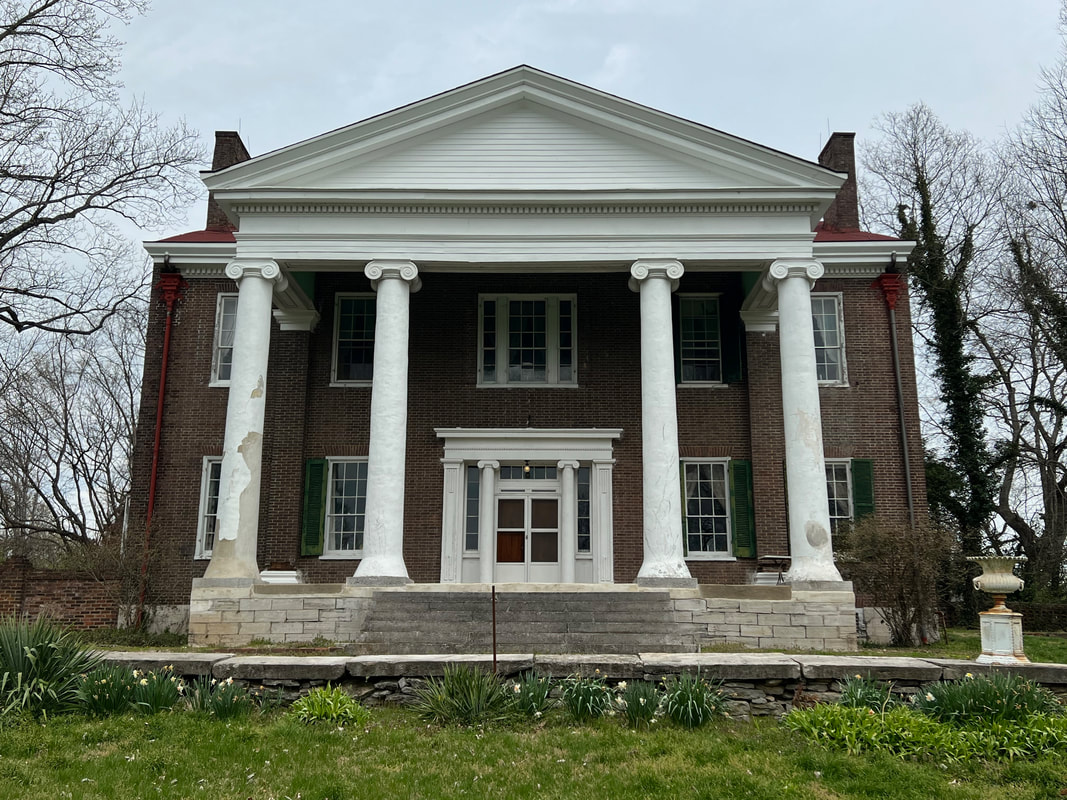
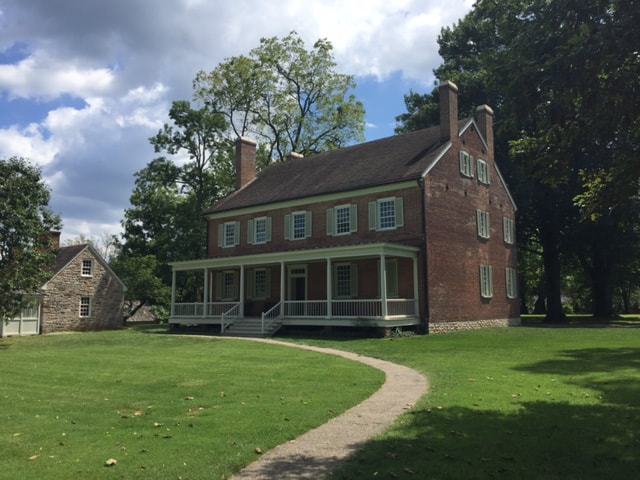
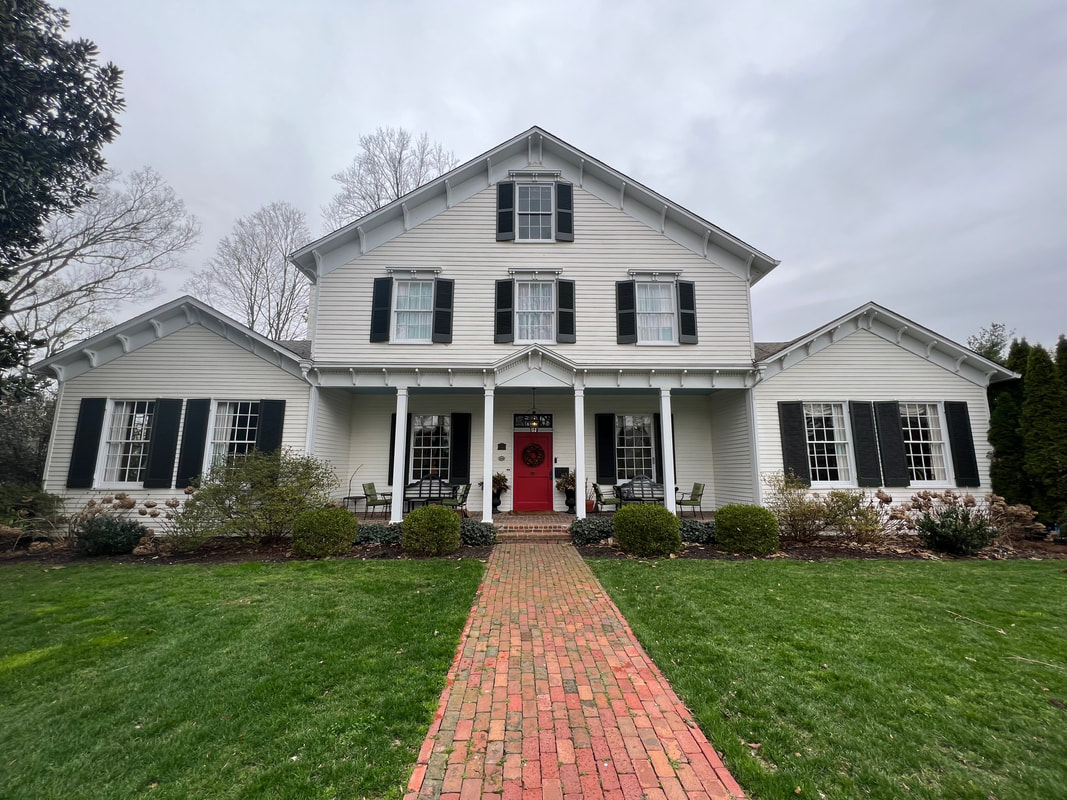
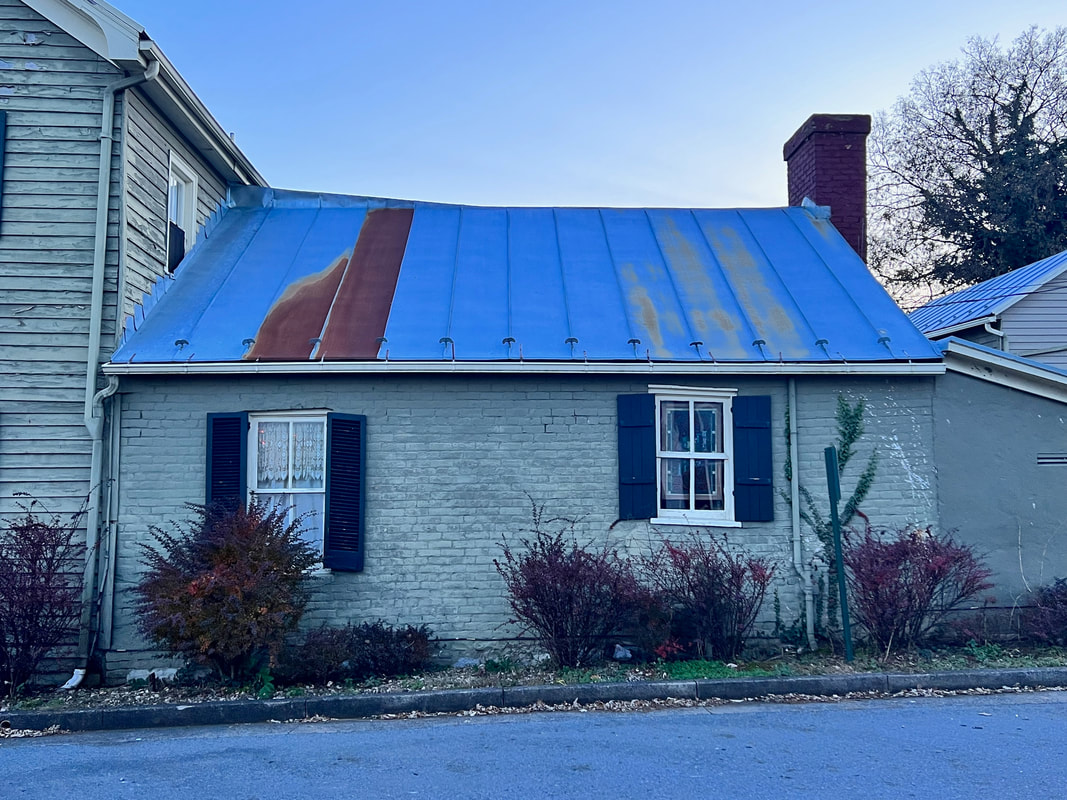
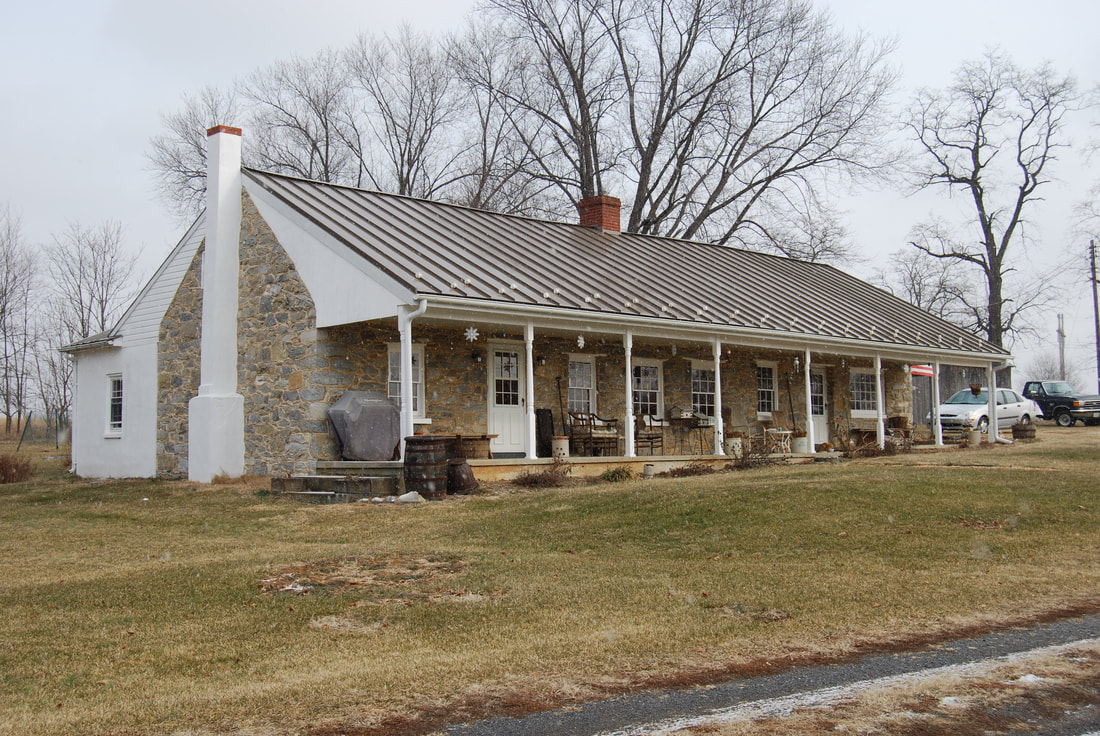
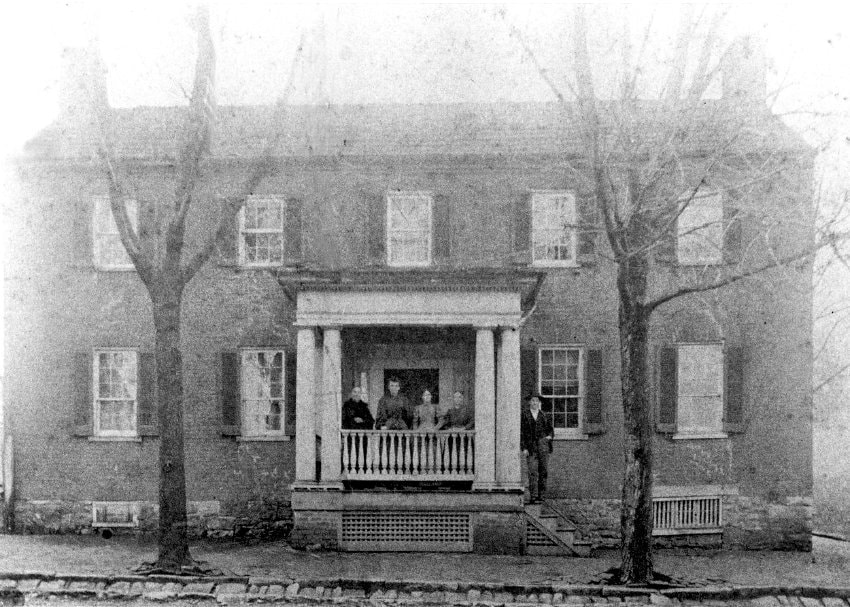
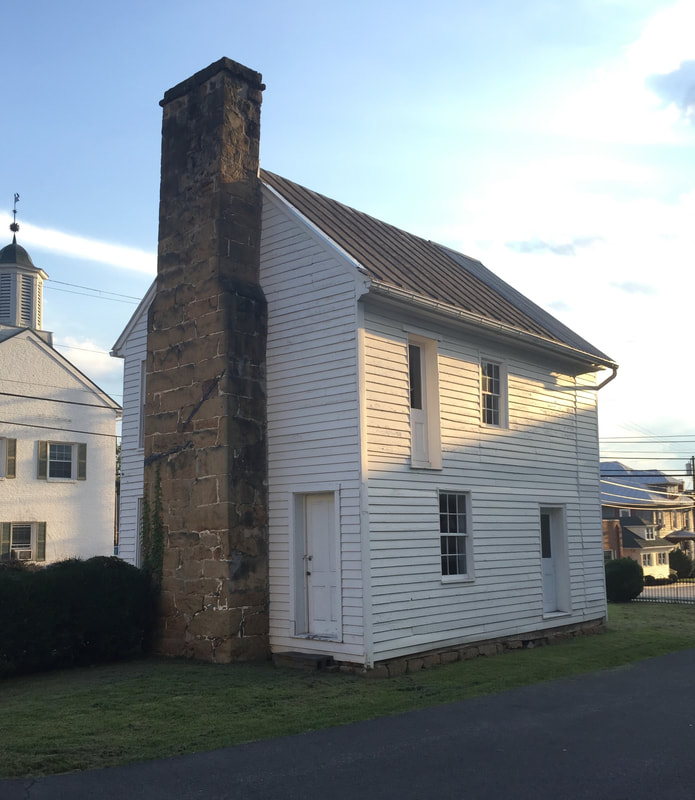
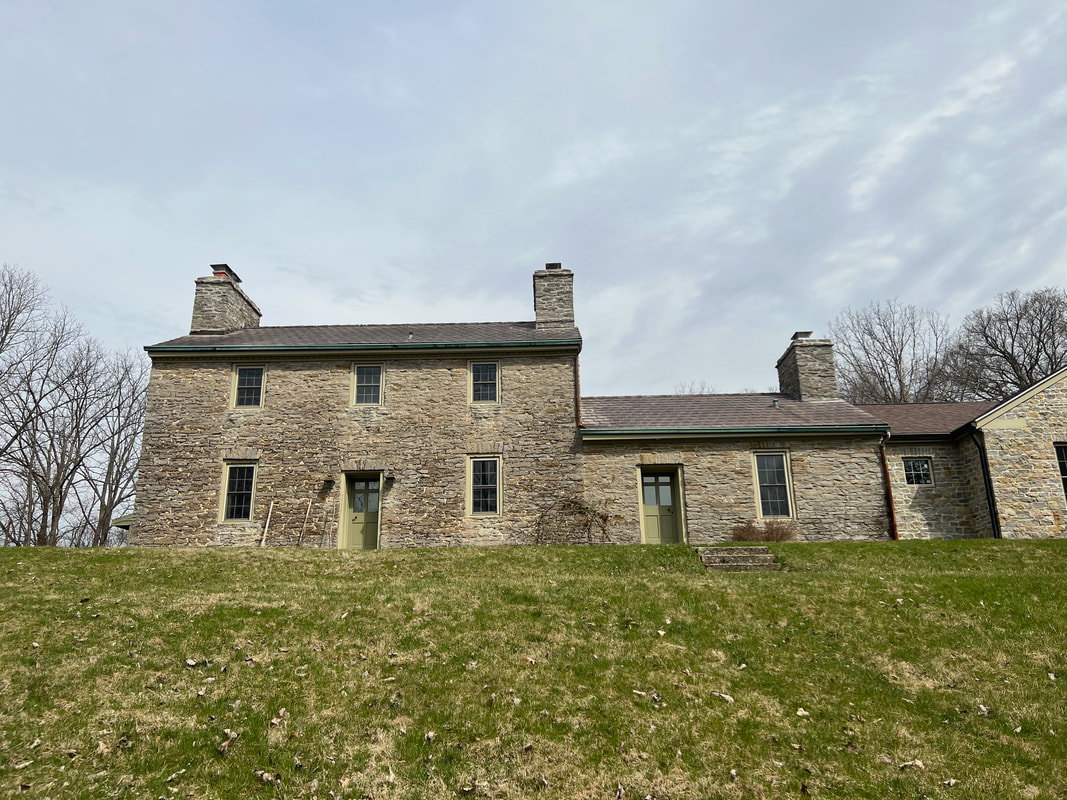
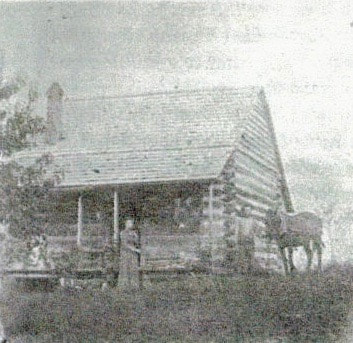
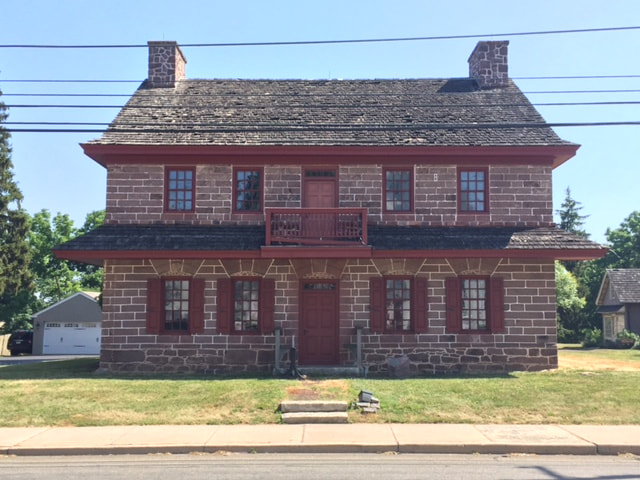
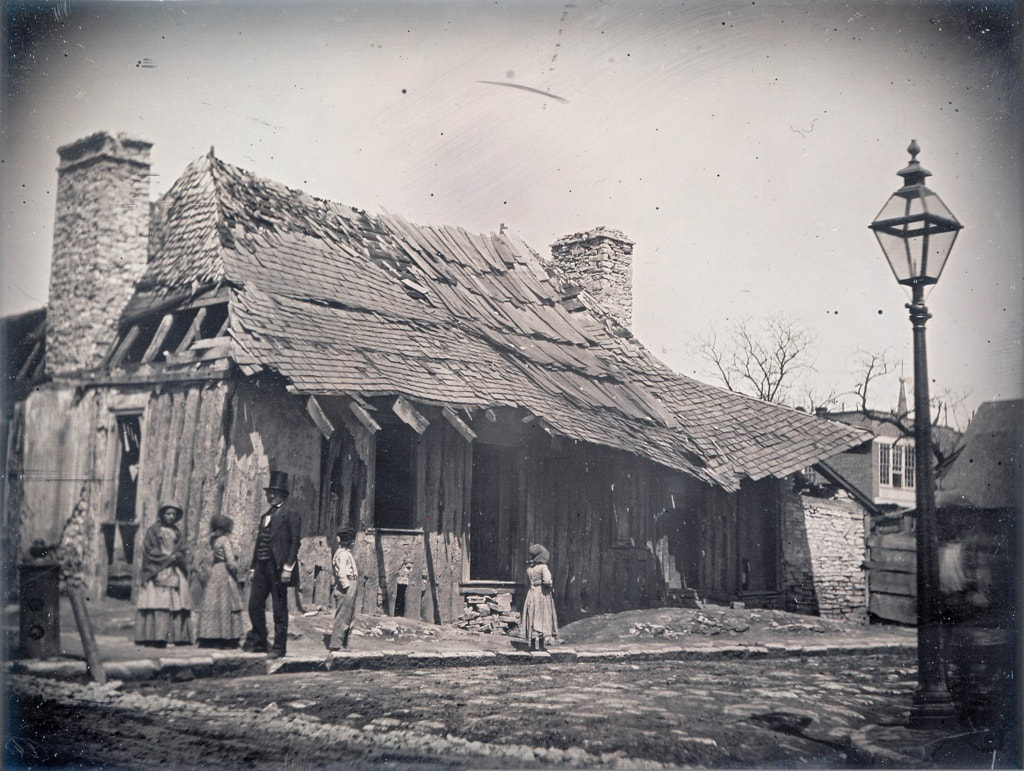
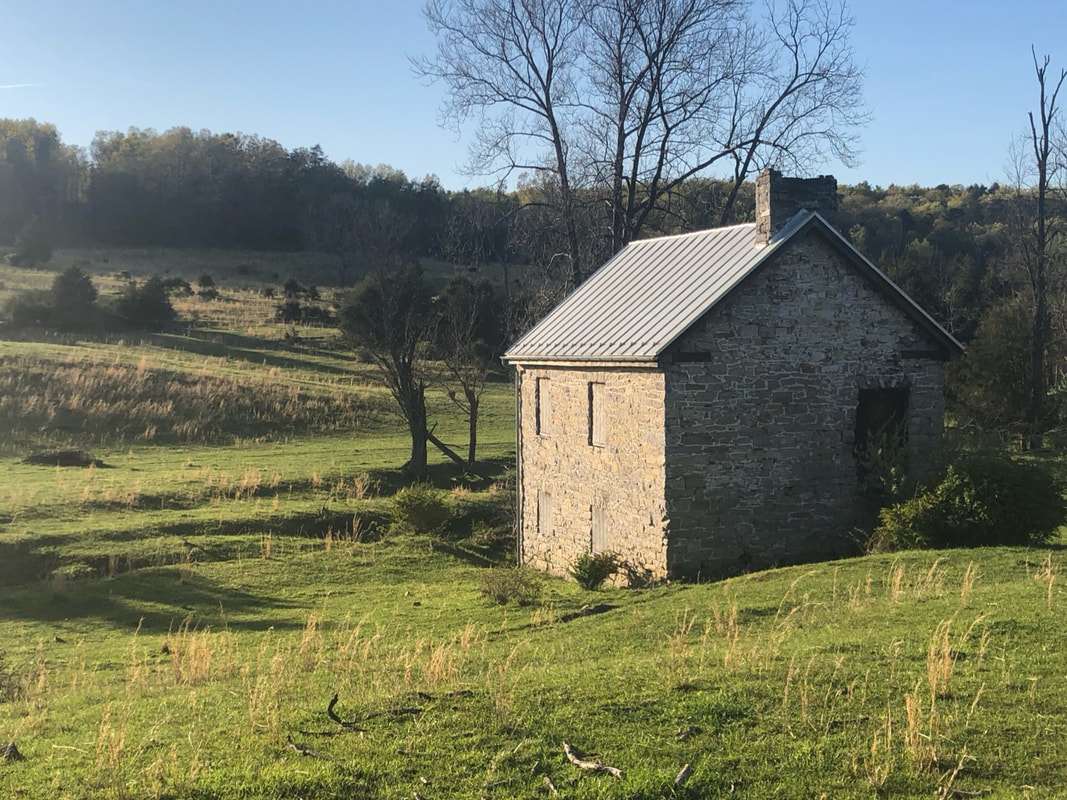
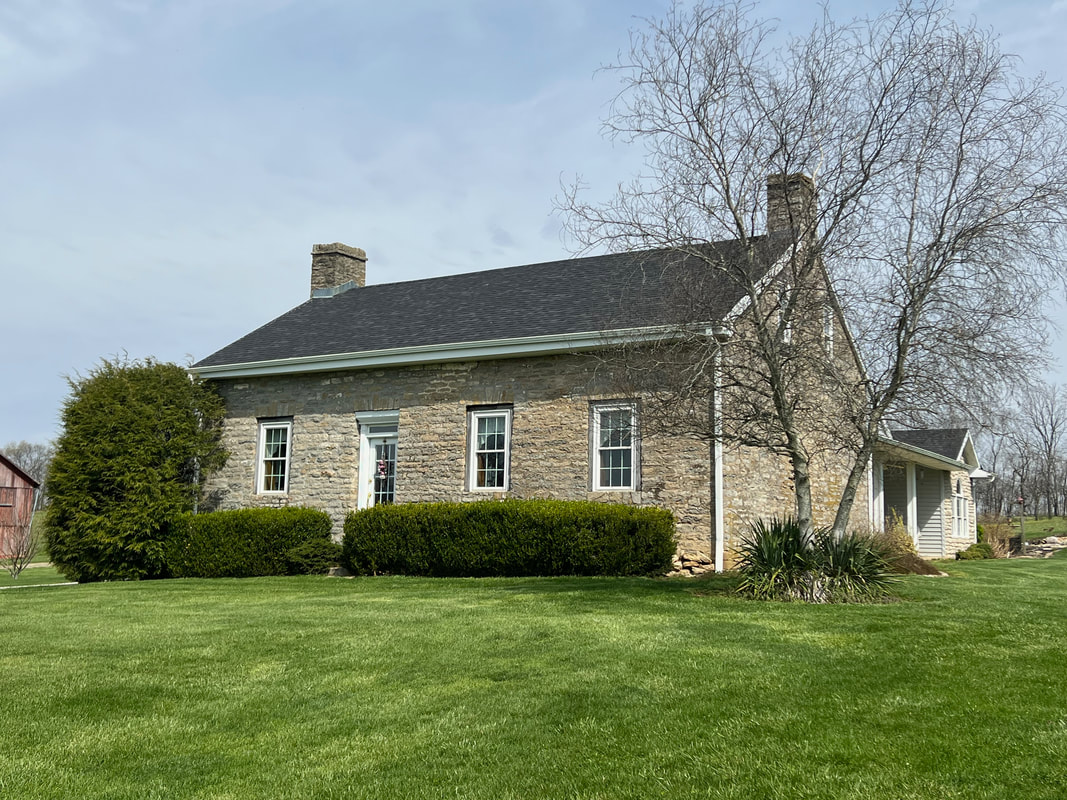
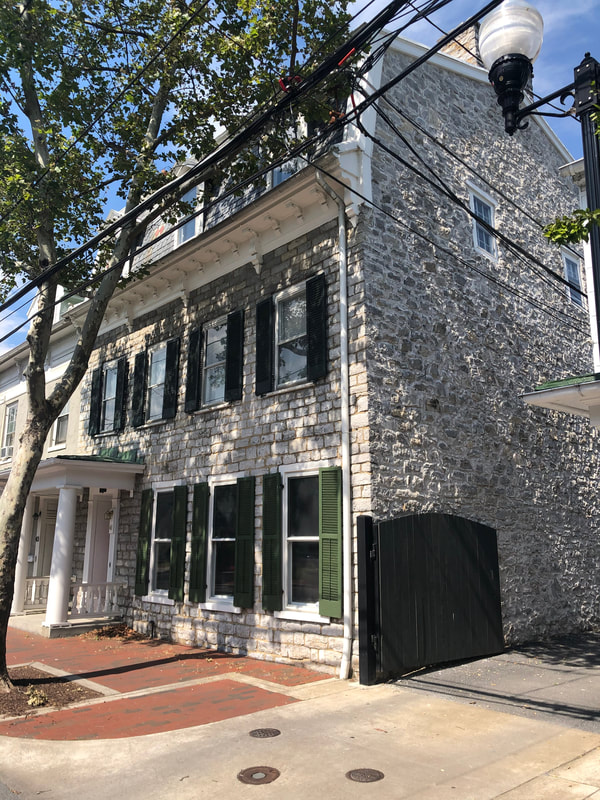
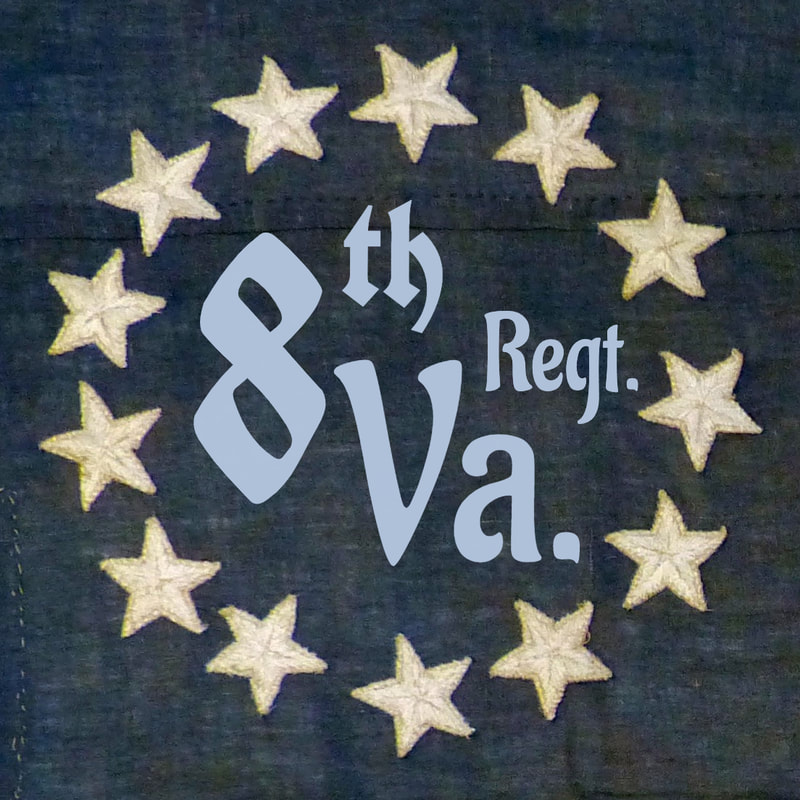
 RSS Feed
RSS Feed